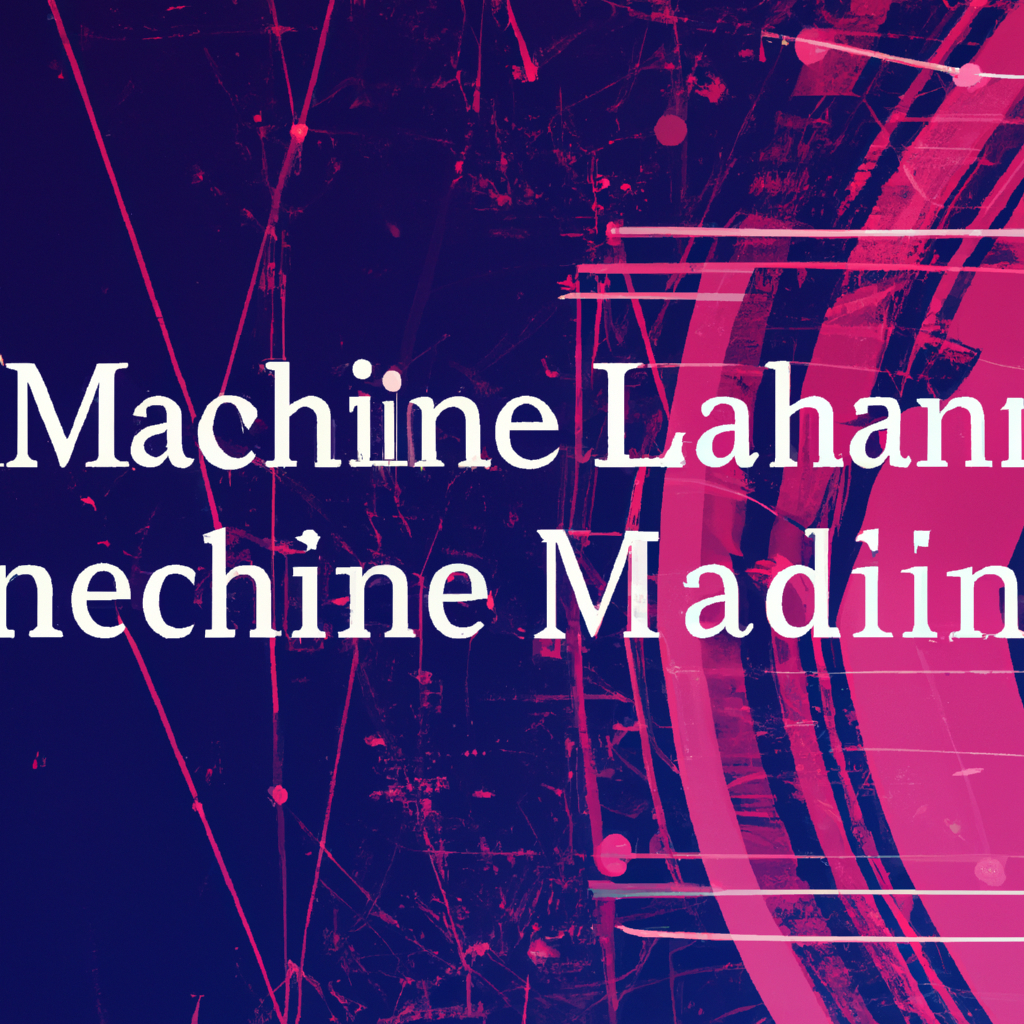The Role of Machine Learning in Predictive Analytics
Table of Contents
The Role of Machine Learning in Predictive Analytics
# Introduction
In the era of data explosion, businesses are increasingly relying on predictive analytics to gain insights and make informed decisions. Predictive analytics leverages historical and real-time data to forecast future outcomes and trends. One of the key components that powers predictive analytics is machine learning. Machine learning algorithms enable computers to learn from data and make predictions or take actions without being explicitly programmed. In this article, we will explore the role of machine learning in predictive analytics, discussing its benefits, challenges, and potential future developments.
# Machine Learning Algorithms in Predictive Analytics
Machine learning algorithms play a crucial role in predictive analytics by extracting patterns and relationships from vast amounts of data. These algorithms are capable of adapting and improving their performance as more data becomes available. There are various types of machine learning algorithms used in predictive analytics, including supervised learning, unsupervised learning, and reinforcement learning.
Supervised learning algorithms learn from labeled data, where the desired output is known for each input. These algorithms build a model that maps inputs to outputs, enabling prediction on unseen data. Examples of supervised learning algorithms commonly used in predictive analytics include decision trees, random forests, support vector machines, and neural networks.
Unsupervised learning algorithms work with unlabeled data, where the desired output is unknown. These algorithms aim to discover hidden patterns or structures in the data. Clustering algorithms, such as k-means and hierarchical clustering, are frequently employed in predictive analytics to identify groups or segments within the data.
Reinforcement learning algorithms learn through interaction with an environment to maximize a reward signal. They are commonly used in scenarios where an agent needs to learn optimal actions to take in a dynamic environment. Reinforcement learning is particularly useful in predictive analytics applications that involve sequential decision-making, such as pricing optimization or recommendation systems.
# Benefits of Machine Learning in Predictive Analytics
Machine learning brings several benefits to predictive analytics, allowing organizations to extract valuable insights and drive data-driven decision-making. One of the key advantages is the ability to handle complex and large datasets. Traditional statistical methods may struggle with high-dimensional data, but machine learning algorithms can effectively handle the vast amount of variables involved in predictive analytics.
Another benefit is the ability to detect nonlinear relationships and interactions in the data. Machine learning algorithms can capture complex patterns that may not be apparent through traditional statistical models. This capability enables organizations to uncover hidden insights and gain a deeper understanding of the underlying processes driving their data.
Furthermore, machine learning algorithms can adapt and learn from new data in a dynamic environment. This adaptability allows predictive models to continuously evolve and improve as more data becomes available. As a result, organizations can make accurate predictions and adapt their strategies based on real-time information.
# Challenges in Machine Learning for Predictive Analytics
While machine learning offers significant advantages for predictive analytics, it is not without its challenges. One of the primary challenges is the need for labeled data in supervised learning. Supervised learning algorithms require a large amount of labeled data for training, which can be time-consuming and costly to obtain. Additionally, the quality and representativeness of the labeled data are crucial factors that can impact the performance of the predictive models.
Another challenge is the interpretability of machine learning models. Some machine learning algorithms, such as neural networks, are often considered black boxes, making it difficult to understand and interpret the relationships learned by the model. This lack of interpretability can be a concern in domains where regulatory compliance or ethical considerations are paramount.
Furthermore, machine learning models are susceptible to biases present in the training data. If the training data is biased or reflects historical inequalities, the predictive models can perpetuate and amplify these biases. Addressing bias in machine learning models is a critical challenge that requires careful data preprocessing and model evaluation techniques.
# Future Developments in Machine Learning for Predictive Analytics
As machine learning continues to evolve, there are several exciting developments on the horizon for predictive analytics. One area of active research is interpretable machine learning, aiming to develop models that not only provide accurate predictions but also offer understandable explanations for their decisions. This would enable users to trust and validate the predictions made by machine learning models.
Another area of interest is the integration of machine learning with other advanced technologies, such as natural language processing and computer vision. By combining these technologies, predictive analytics can leverage unstructured data, such as text or images, to enhance the accuracy and scope of predictions.
Furthermore, the increasing availability of cloud computing and powerful hardware has opened up opportunities for distributed and parallel computing in machine learning. This enables organizations to train complex predictive models on vast amounts of data more efficiently, leading to improved predictive performance.
# Conclusion
Machine learning algorithms have become an integral part of predictive analytics, enabling organizations to unlock valuable insights from vast and complex datasets. They offer benefits such as handling large datasets, detecting nonlinear patterns, and adapting to dynamic environments. However, challenges related to data labeling, interpretability, and bias still need to be addressed. As machine learning continues to advance, promising developments in interpretability, integration with other technologies, and distributed computing are expected to further enhance the role of machine learning in predictive analytics. With its ability to learn from data and make accurate predictions, machine learning will undoubtedly continue to revolutionize the field of predictive analytics and drive data-driven decision-making across various industries.
# Conclusion
That its folks! Thank you for following up until here, and if you have any question or just want to chat, send me a message on GitHub of this project or an email. Am I doing it right?
https://github.com/lbenicio.github.io

